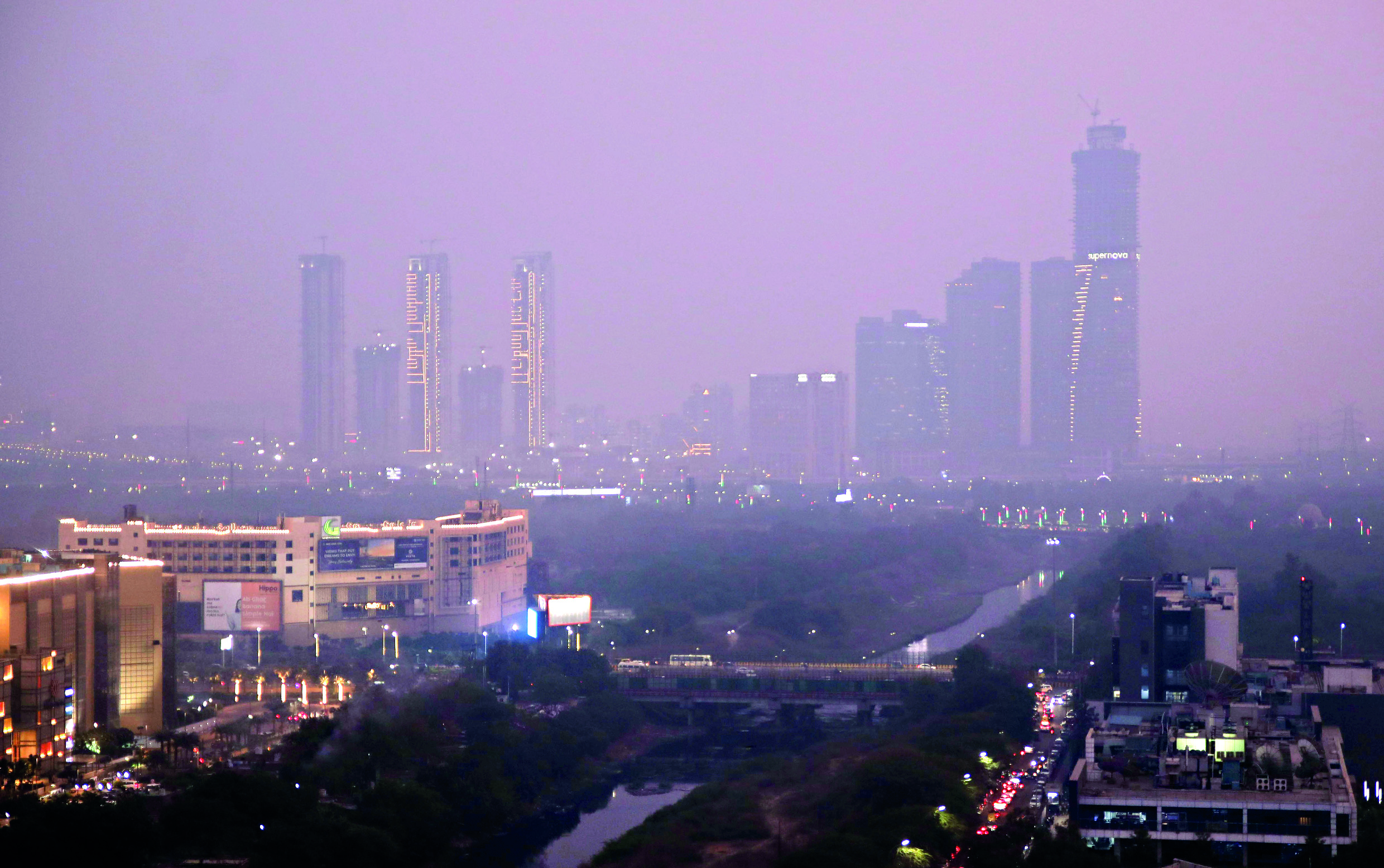Centre announces staggered timings for staff as Delhi reels under pollution

New Delhi: Amidst persistent “very poor” air quality, the Centre on Thursday introduced staggered working hours for its employees in a bid to mitigate pollution, even as the Air Quality Index (AQI) improved slightly, dipping below the 400-mark after days of severe pollution.
According to data from the Central Pollution Control Board (CPCB), Delhi’s 24-hour average AQI stood at 371 on Thursday, an improvement from 419 recorded the previous day, thanks to increased wind speeds. Despite this, the city remains the second-most polluted in India, trailing only Hajipur in Bihar, where the AQI was 403.
The capital had earlier recorded AQI levels exceeding 450 on Monday and Tuesday, placing it in the “severe plus” category. Although Thursday saw some relief, six out of 35 monitoring stations in Delhi continued to report “severe” air quality, while 28 stations remained in the “very poor” category, as per the CPCB’s SAMEER app.
To curb vehicular pollution, a major contributor to Delhi’s air quality crisis, the Union Personnel Ministry issued an order allowing central government offices to operate with staggered timings. Employees can choose between shifts from 9:00 am to 5:30 pm or 10:00 am to 6:30 pm. The ministry also urged carpooling and increased use of public transport.
“These measures may be adopted by ministries and departments based on their functional requirements, ensuring no impact on productivity,” the ministry noted.
PM2.5 particles, identified as the primary pollutant on Thursday, were recorded at a concentration of 168 micrograms per cubic metre. These ultra-fine particles, small enough to penetrate deep into the lungs and enter the bloodstream, pose significant health risks.
Vehicular emissions accounted for 17.7 per cent of Delhi’s pollution, while stubble burning contributed 17.3 per cent on Wednesday, according to the Decision Support System (DSS) for Air Quality Management. On Thursday, Punjab reported 192 stubble burning incidents, Haryana 10, and Uttar Pradesh 165—a decline from 395 reported the previous day.
Delhi’s air quality has remained precarious since November 1, with a thick layer of smog lowering temperatures and exacerbating health concerns. Experts attribute the smog to atmospheric stagnation, weak winds, high humidity, and a feeble Western Disturbance, which introduced moisture into the air.
The city recorded its worst AQI of 495 earlier this week, underscoring the urgency of robust measures to combat pollution. The Centre’s recent directives aim to reduce emissions while providing immediate relief to citizens battling the hazardous air.



